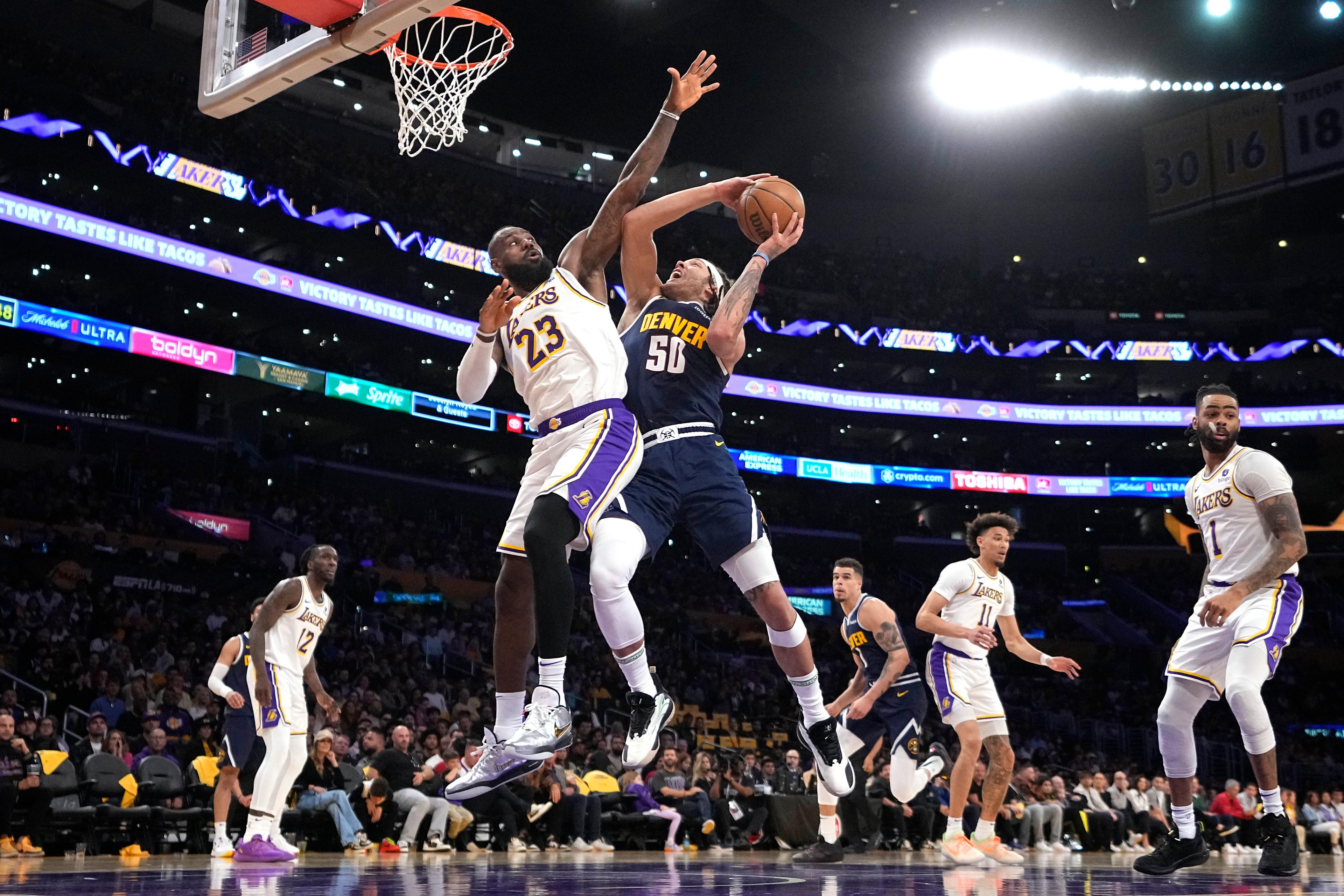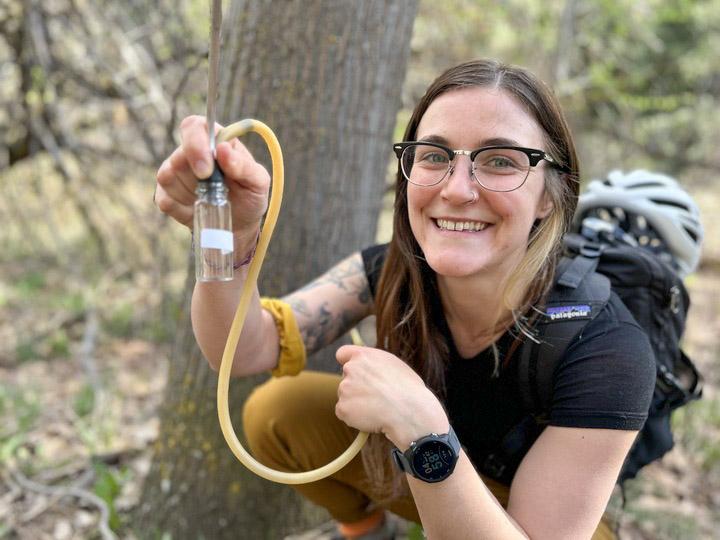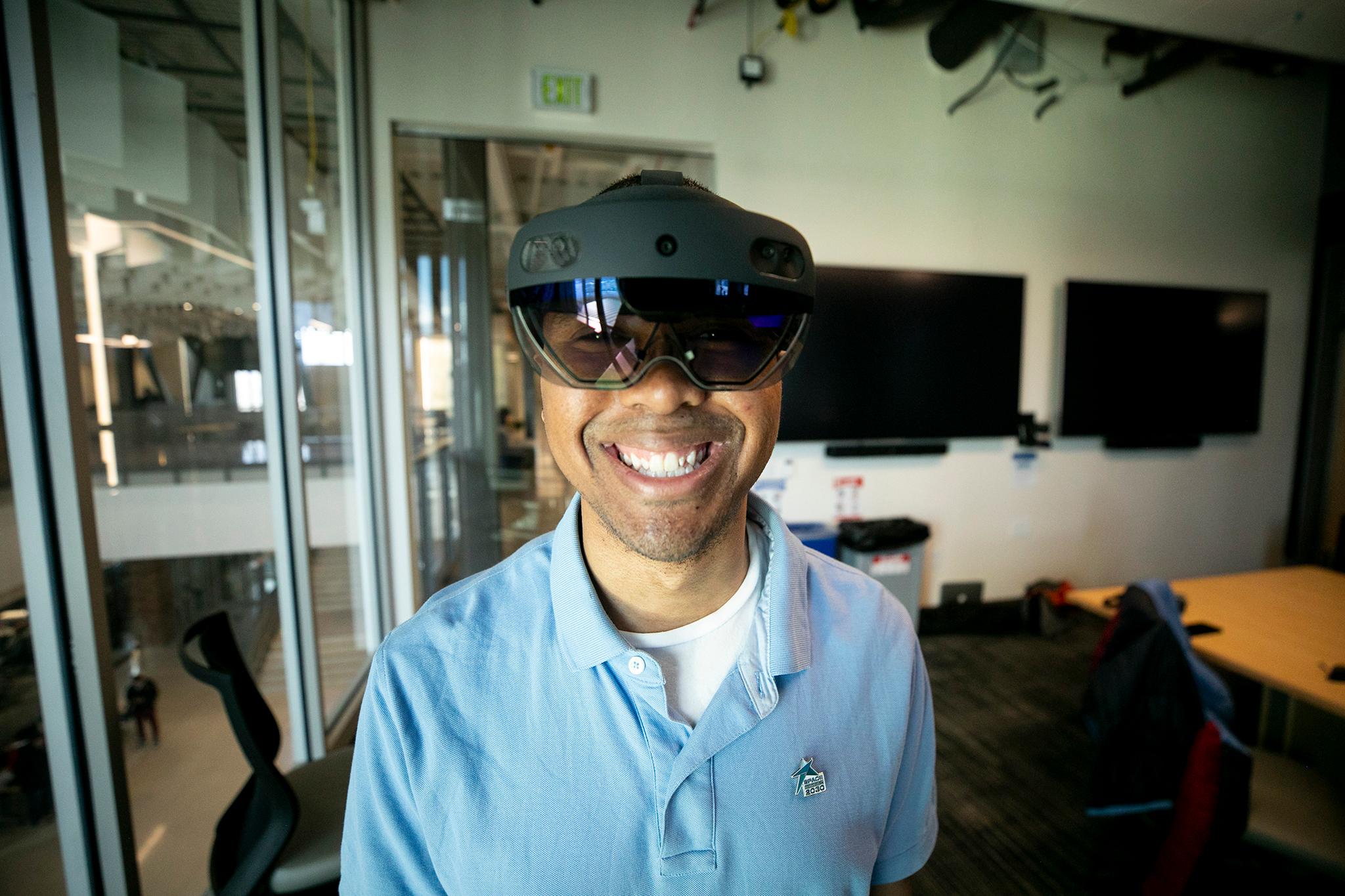
Don the goggles and ride along with a CU graduate student who’ll let you hold a holographic sun in the palm of your hand.
Dezell Turner wants to use augmented reality to map trajectories in space. His souped-up gaming laptop and that eyewear may someday help aerospace companies chart new paths through the solar system.
“I’m sort of trying to build MapQuest for planning space missions,” he said.
Turner often demonstrates his project, operating his computer while visitors don the goggles to see colorful holograms of our sun and eight planets, displayed to show their location at a given date and time, down to the millisecond.
Then, users move their fingers – think about changing the size of a photo on a smartphone – to shift things around.
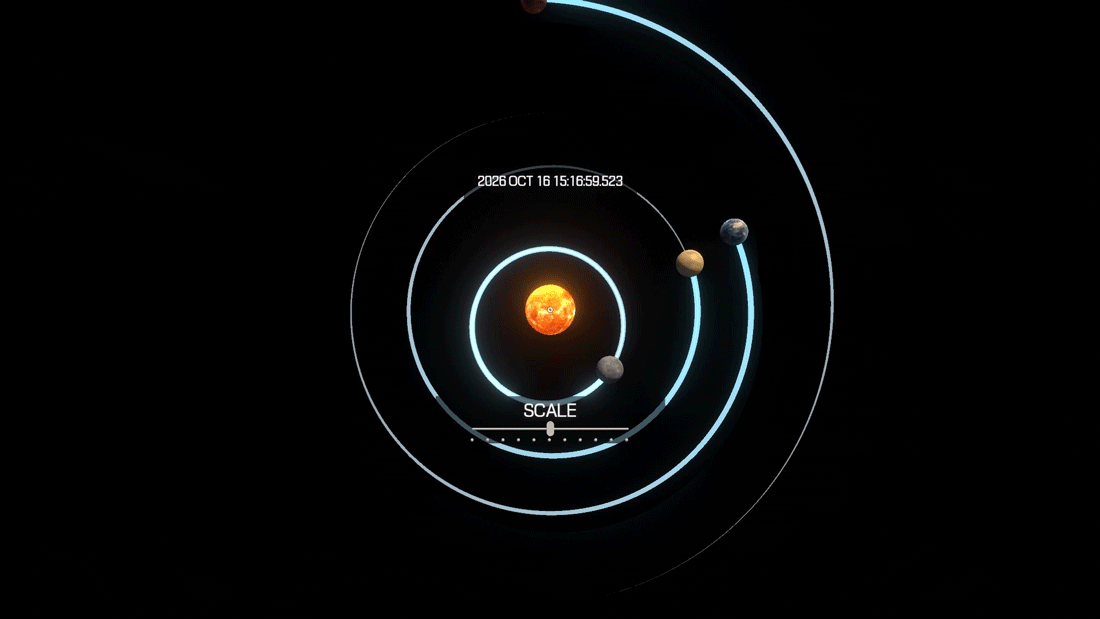
The next step, Turner said, would be for operators to interactively draw possible routes for their vehicles through his virtual solar system, and pick the ideal one. That could mean choosing the fastest or most fuel-efficient path, or perhaps the one that best orients a vehicle toward the sun to take advantage of it as a power source.
“You know how in the movies you can just fly straight to wherever you’re trying to go? You can’t really do that in space, gravity won’t let you, and there’s this infinite number of options,” Turner said. “I’m trying to build a tool that really lets people look at all of their options and lets them make those trade-offs in a way that might not have previously been that intuitive.”
Creating a ‘parking spot’ in space
Turner is working toward his doctorate in astrodynamics, the study of how vehicles move through space.
His project comes at a time when Colorado ranks as the nation’s second-largest aerospace economy, and while the world is engaged in a new space race.
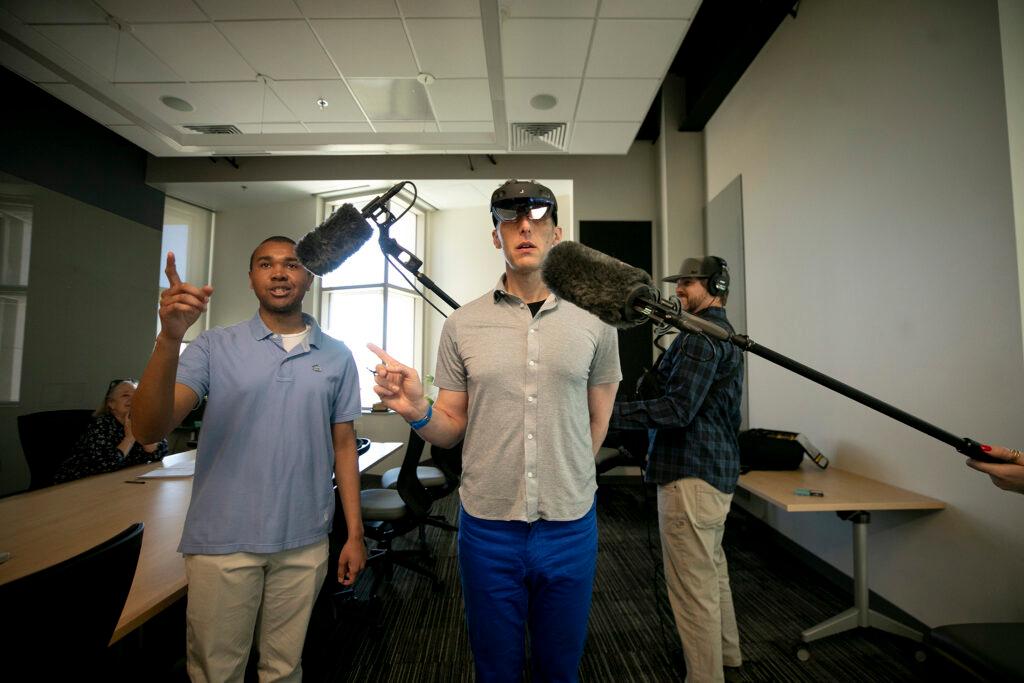
China, India and Japan have all put uncrewed vehicles on the moon in recent years, and a private U.S. company placed a robot lander last month. NASA plans to have astronauts back on the lunar surface in 2026.
To support its lunar operations, the space agency plans to put a space station called Gateway in orbit around what Turner calls a “parking spot,” a relatively stable environment where communications with the Earth will be optimal.
NASA already has the expertise to figure out routes and orbits, but Turner said his technology will help smaller companies that want to get there too.
“There’s a lot of new organizations that really want to send things to the moon, and they suggest all of these mission concepts that sort of involve using these parking spot orbits, but the problem is not all of them have the resources to do that trajectory design themselves,” he said. “So I want to build a tool that makes it super intuitive for people like that to use.”
An early fascination with space
Turner’s fascination with space began when he was a kid in Iowa.
“I think there's just something so comforting about the fact that we're so small in the grand scheme of the universe, right?” he said. “I think we forget just how far apart the inner planets are and just how far away Pluto is from the sun, and that's just one star in the galaxy. And I think there's something really comforting about the fact that, wow, all of our problems that seem so big are actually kind of tiny.”
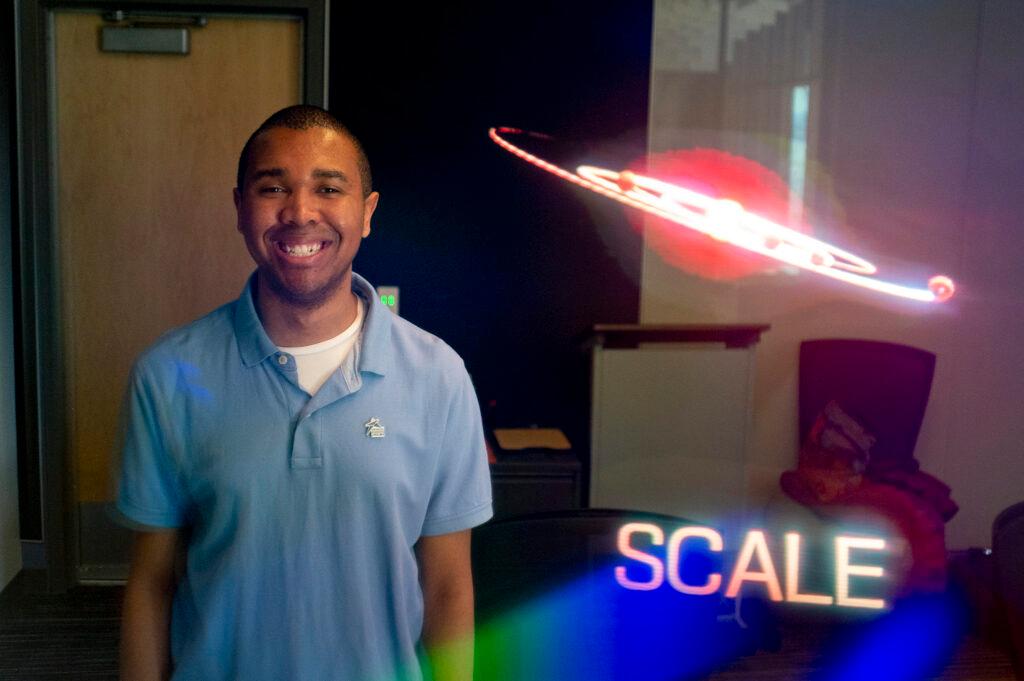
At age 24, he’s listed in the Aviation Week Network’s 20 Twenties program, recognizing top students in their 20s.
He’s also part of a diversity initiative called Space Workforce 2030 that aims to put at least 3,000 paid interns to work in the aerospace industry by 2030, opening the door for more women and people of color in a business where they are severely underrepresented.
Turner, who is Black, said he’s benefitted from the guidance of people like himself in the aerospace field, including a mentor who died recently.
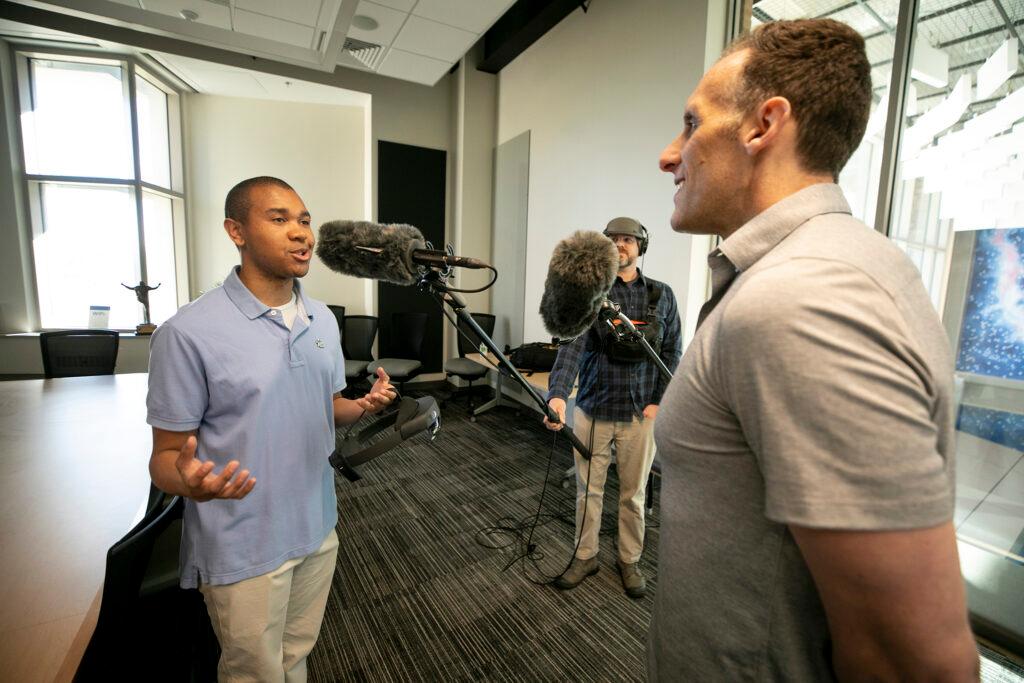
“I can't tell you just how trajectory-altering it was to see someone in the field that I wanted to be in who also looked like me and was also loved and respected by his peers,” he said. “It was really just this reminder that, ‘Hey, I think you can do this.’”
But the industry as a whole needs more diversity, he said.
“We're trying to solve some really difficult problems, and you can't really do that if you're not considering all sorts of perspectives, and a great way to do that is by bringing in people from different backgrounds,” Turner said. “But also, I really hope that a program like this will help kids who were growing up like me, give them the chance to see themselves reflected in this industry, and maybe they'll be reminded that they do belong.”
More stories about Colorado and space:
- The OSIRIS-REx spacecraft is about to drop off a cosmic capsule that may hold clues to the origins of our Solar System
- Mining in space: How Colorado students and engineers are helping NASA plan for lunar colonization
- This Colorado-built satellite will leave methane polluters nowhere to hide
- Want to go to the moon? For space startups, the first step just might be in Colorado
- As NASA’s Orion capsule blazes home, Denver’s Lockheed Martin employees celebrate
- Humans are again aiming at the moon with NASA’s Artemis missions — and Colorado is at the center of it

